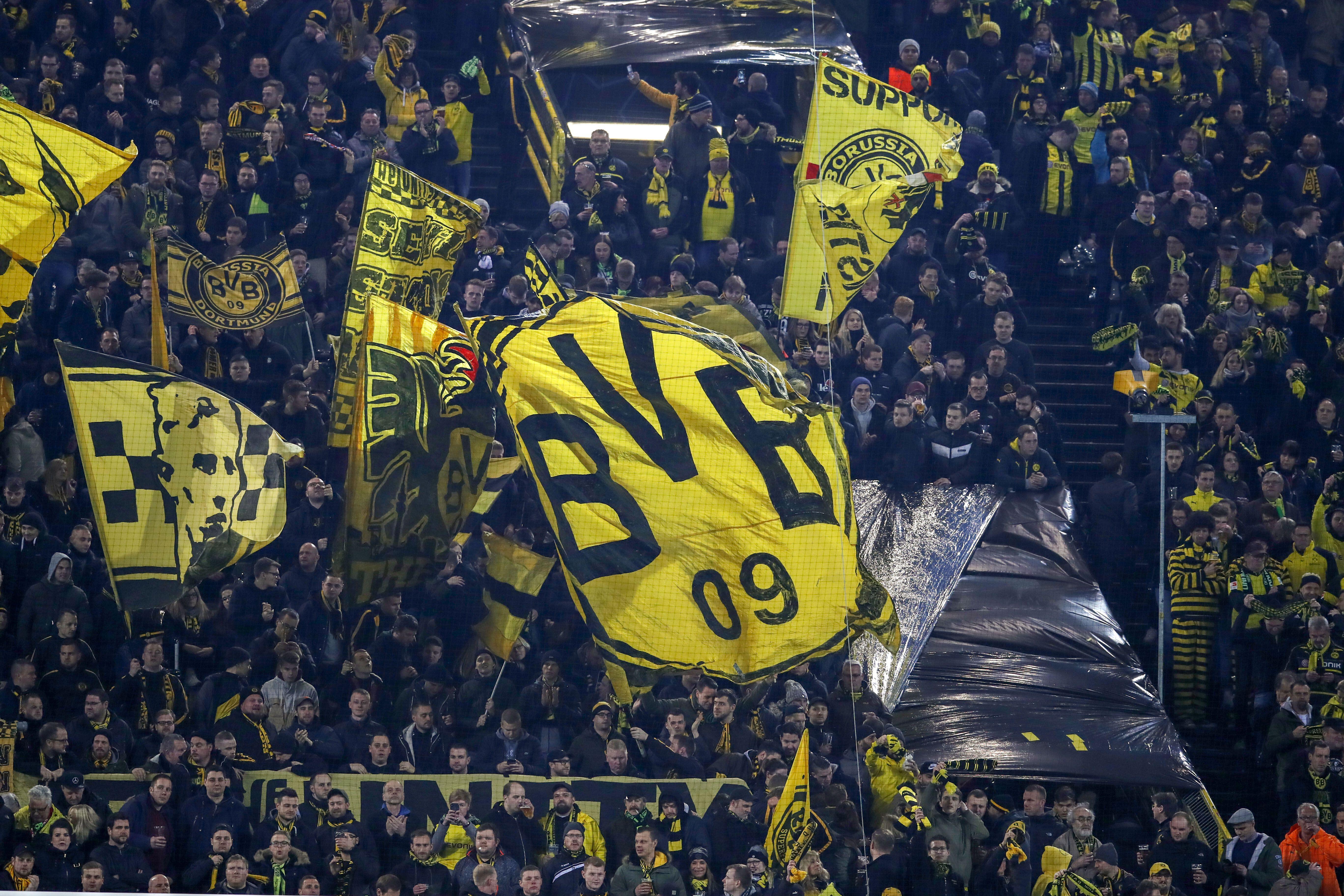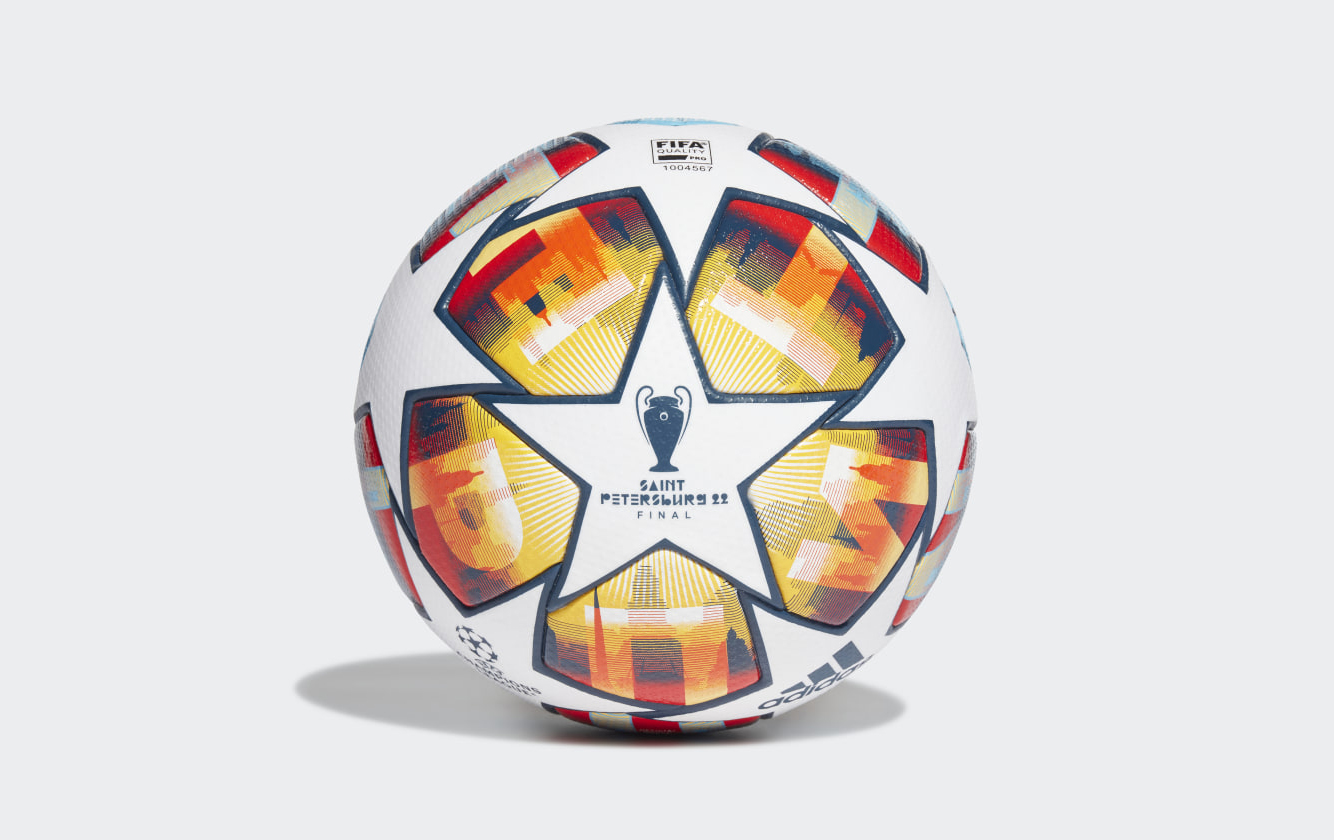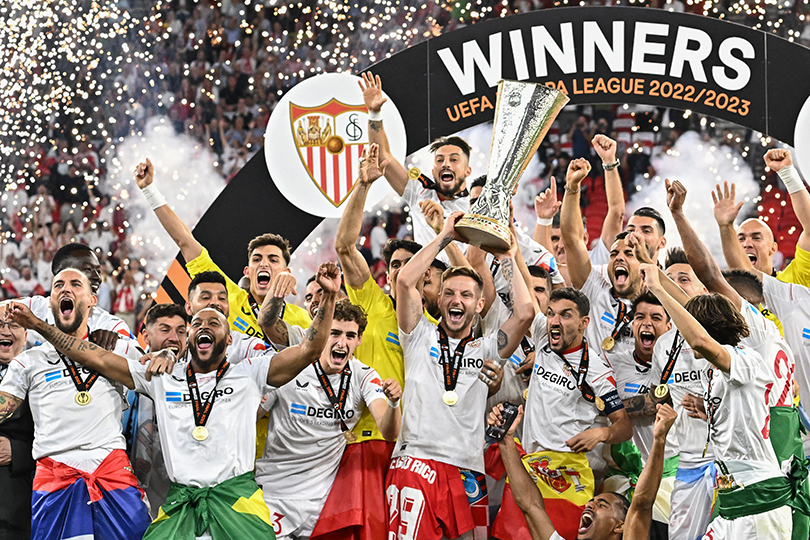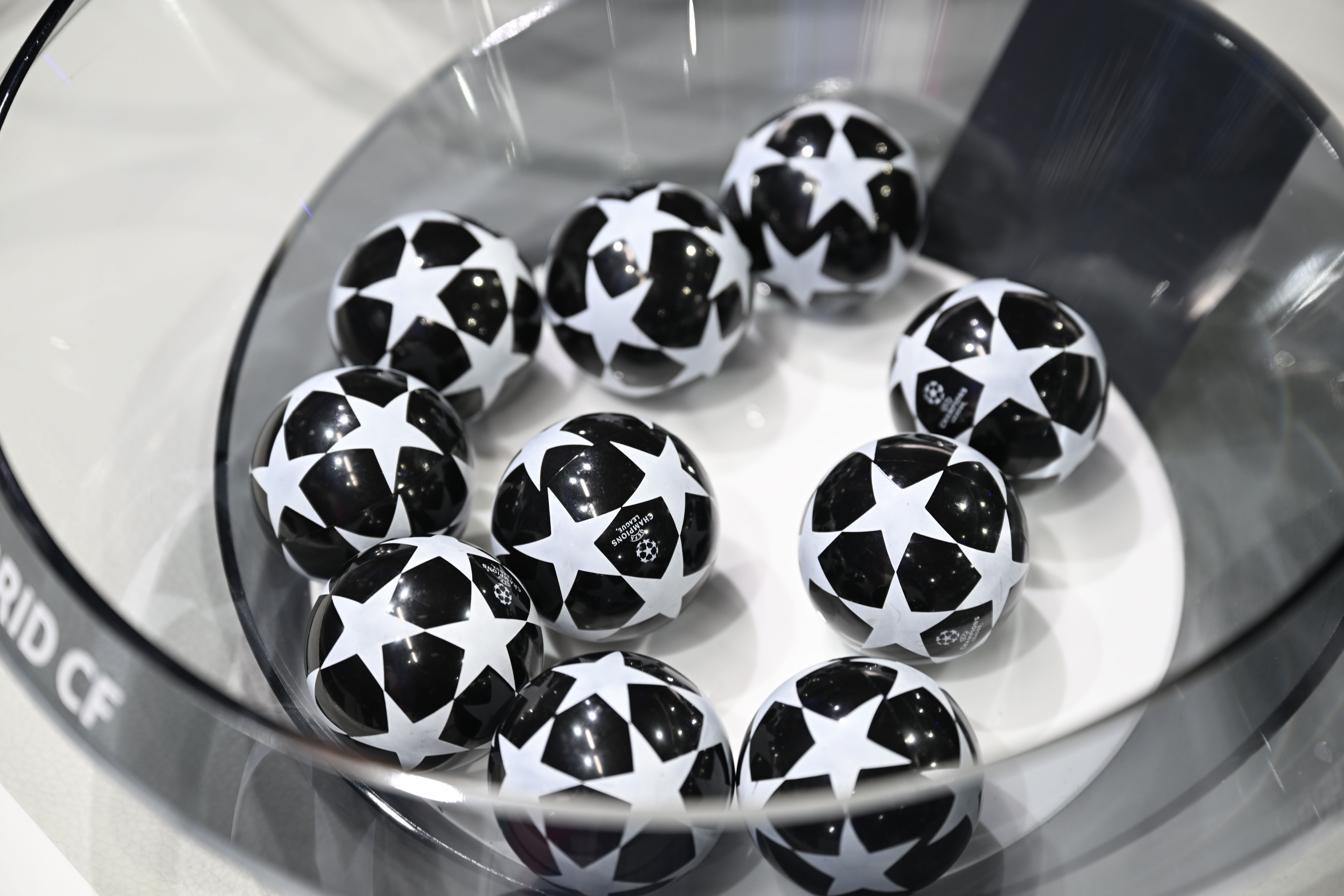Everything you need to know about the new Champions League, ahead of the league stage draw
Europe’s biggest club competition has become even bigger – FFT explains what to look out for in the revamped format

The draw for the new Champions League league stage takes place this week, and there are big changes to the format for the 2024/25 season.
Manchester City, Arsenal, Liverpool and Aston Villa are all competing, and will find out their opponents when the draw is held at the Grimaldi Forum in Monaco on Thursday, August 29, from 5pm BST.
The draw will be shown live on UEFA.com as well as the TNT Sports YouTube channel, while it will also be broadcast live on TNT Sports for subscribers.
The Champions League has expanded this season, and FFT has the lowdown on it all.
More teams

For the first time since the 1998/99 season, the Champions League proper will not begin with 32 clubs. Back in 1999, the competition expanded from 24 teams; this year, it has increased again to 36.
So, where do the four extra teams come from? There was one extra place available via the qualifying rounds, while the two best-performing countries in European competition last term each received another spot.
England had an unexpectedly poor season on the continent – Aston Villa were the only Premier League club to reach a European semi-final – so those places went to Italy and Germany.
Get FourFourTwo Newsletter
The best features, fun and footballing quizzes, straight to your inbox every week.
This meant that Borussia Dortmund, Champions League runners-up in 2023/24, qualified despite finishing fifth in the Bundesliga.
It also benefited Bologna, fifth in Serie A, who will play in the Champions League for the first time – though they’ve lost the boss who upset the odds to get them there, with Thiago Motta having joined Juventus.
He has been replaced by the appropriately-named Vincenzo Italiano, who took Fiorentina to the Conference League final in each of the past two seasons. Scotland international Lewis Ferguson was made Bologna captain last season but injured his ACL in April and isn’t due back until the end of the year.
The fourth extra Champions League spot went to Europe’s fifth-best league, Ligue 1, helping another surprise package to qualify.
Brest finished third in the French top tier, their highest-ever placing, thanks in no small part to the managerial skills of former Sunderland midfielder Eric Roy – Les Pirates have few stars and their ground on the Brittany coast holds fewer than 16,000 fans.
More confusion

The Champions League group phase is no more, so forget the traditional groups of four, which had been in place since the competition’s formation in 1992.
Some were concerned that it was a tired format, with too many dead rubbers in the weeks before Christmas, and it has been replaced by the ‘league phase’ – every team involved goes into one big 36-team division.
You may have heard it called the ‘Swiss system’, as a similar format has been used for various sporting competitions and takes its origins from a chess tournament in Zurich in 1895.
Now, read this carefully because we shall explain it only once. As with any competition UEFA dream up these days (Nations League, we’re looking at you), the new league phase of the Champions League is complicated.
At the end of the 36-teams-in-one-group group stage, the overall top eight will advance straight to the last 16. The sides finishing ninth to 24th will go into a play-off round, while the clubs finishing 25th to 36th will be eliminated. The play-off round will be seeded: ninth or 10th will face 23rd or 24th, determined by a draw, while 11th or 12th will face 21st or 22nd, and so on.
The winners of each play-off round tie will progress to the last 16 – also seeded, to ensure that the team that finished first in the league phase will face one that finished 15th, 16th, 17th or 18th. The side that finished eighth in the league phase will play a team that finished ninth, 10th, 23rd or 24th. Confused? That’s numberwang!
Previously, there was an open draw from the quarter-finals onwards. That’s gone, too. Again, it’s seeded, like a tennis draw, so that the teams who finished first and second in the league phase will be in opposite halves of the draw, unable to play each other until the final on May 31, and unable to face the teams who finished third or fourth until the semis.
It means that the finishing positions of the league phase could be critical to who ends up winning the competition.
More matches

Obviously, the idea behind this new format was to increase the total number of matches in the Champions League, with the intention of increasing the value of television rights, as well as bringing in more gate receipts.
It was largely a concession to Europe’s top clubs; an attempt to head off agitations for a European Super League, while keeping the competition under UEFA’s control, with no need for a breakaway event that could cost the governing body prestige – and a fortune.
Including the new play-off round, the knockout stage now has 45 matches, up from 29. The league phase has 144 matches, up from 96. That’s because not only are there more teams, but each club will play eight fixtures in the league phase, compared to six as before.
Whereas clubs previously played the same opposition both home and away, the eight matches will now be against eight different opponents – four at home, four away. Each team will play two games against teams from pot one (one at home, one away), two from pot two, two from pot three and two from pot four.
So, when are they fitting in the extra two matchdays, to allow each team to play eight times? The last two midweeks in January, that’s when. Then comes the draw for the play-off round (don’t forget the play-off round), with those matches taking place in February before the last 16 starts in March.
To give European competitions a proper launch week of their own this season, the first matches of the Champions League take place from September 17 to 19: that’s Tuesday, Wednesday and, shockingly, Thursday. The first matches of the Europa League take place on September 25 and 26.
No dropdown

You may have noticed no mention of beaten Champions League teams dropping into the Europa League mid-season.
That’s because they aren’t going to. Since 1999, teams who finished third in their Champions League group headed into the UEFA Cup or Europa League, and in 25 seasons, that produced nine UEFA Cup or Europa League winners who had started the campaign in the Champions League group stage – among them, Chelsea in 2013 and Sevilla twice.
Sadly, Sevilla’s perennial cunning plan to finish third in their Champions League group and then lift the Europa League yet again has now been foiled (although they finished 14th in La Liga last term, so there was no danger of them qualifying for Europe this season anyway).
Hello, Beeb
Not since 1994 has there been Champions League football on the BBC. That changes this season. The Beeb have won the rights to show a Wednesday night highlights show for each of the next three seasons, bringing the competition back to terrestrial TV for the first time since ITV lost their rights in 2018.
Plucky little Amazon are also joining the party, broadcasting first-choice live matches on Tuesday nights all the way through to the semi-finals, with TNT screening every other fixture.
What else to watch out for?

Bologna, Brest and Aston Villa aren’t the only surprise qualifiers from major leagues: Girona make their Champions League debut after stunning Spain by finishing third in La Liga, having lost only one game before February.
Meanwhile, Stuttgart return for the first time in 15 seasons. Die Schwaben pipped Bayern Munich to second place in the Bundesliga in 2023/24, under 42-year-old boss Sebastien Hoeness (son of Dieter and nephew of Uli).
But they’ve lost key players – among them, top scorer Serhou Guirassy and defender Waldemar Anton to Dortmund, as well as Hiroki Ito to Bayern.
Bayern, under new boss Vincent Kompany, dream of banishing the ghosts of their painful defeat to Chelsea in 2012, with the 2025 final taking place at the Allianz Arena again. A third England-born star joined their squad in July when Michael Olise followed in the footsteps of Harry Kane and Eric Dier.
Bayern and Dortmund are top seeds in the league phase, as are RB Leipzig with their history of zero German titles and one single progression past the Champions League’s last 16.
Yet Bayer Leverkusen are not, despite romping to the German double in 2023/24 without losing a game all season in any competition until the Europa League final in May. Xabi Alonso’s charges hope to prove they’re a genuine contender for this trophy.
After a year away, Liverpool are back under new boss Arne Slot, whose only previous campaign in the Champions League saw Feyenoord finish third in their group behind Atletico Madrid and Lazio last term.
Juventus also return, following the chaos of the 2022/23 campaign when they lost five of their six Champions League fixtures and were deducted 10 points in Serie A for false accounting, meaning they finished seventh rather than fourth.
They were then banned from the Conference League for breaching UEFA Financial Fair Play regulations, months before Paul Pogba failed a drugs test and was suspended for four years. The Old Lady finished third last season, bringing some normality back to proceedings in Italy...
...then Max Allegri was sacked two days after being sent off in the Coppa Italia final, when he had responded by ranting at match officials, publicly waving off the club’s sporting director, then reportedly threatening a journalist. Things are never dull in Turin.
How will the draw be done?

The 36 teams are divided into four pots of nine clubs. As mentioned above, Bayern, Dortmund and RB Leipzig are top seeds, based on their UEFA ranking, together with Real Madrid, Manchester City, Paris Saint-Germain, Liverpool, Inter and Barcelona.
The second seeds consist of Leverkusen, Atletico Madrid, Atalanta, Juventus, Benfica, Arsenal, Club Brugge, Shakhtar Donetsk and Milan.
In pot three are Feyenoord, Sporting, PSV Eindhoven, Red Bull Salzburg, Young Boys and Celtic, with the other three teams dependent on the results of Wednesday night’s qualifying matches. Two of them are confirmed to be the winners of the tie between Dinamo Zagreb and Qarabag, and the winners of the tie between Lille and Slavia Prague.
Aston Villa will be fourth seeds together with Monaco, Sparta Prague, Bologna, Girona, Stuttgart, Sturm Graz and Brest. The ninth team in pot four will depend on the results of Wednesday night’s qualifying matches.
The seedings are less important than previously though, because each team plays two other clubs from every pot anyway – unlike previously, when they could not face a team from the same pot.
Each of the 36 teams will be manually drawn out, as normal, but instead of their opponents for the actual league stage matches being drawn manually, that will be done digitally and will take around a second per team.
UEFA’s technology will continue to apply certain principles – teams from the same country cannot meet until the knockout phase play-offs. Teams will also be able to play no more than two opponents from one country in the league phase.
More Champions League stories
Best players never to win the Champions League
'Embrace the madness': FourFourTwo goes behind the scenes at TNT Sports' Champions League Goals Show

Chris joined FourFourTwo in 2015 and has reported from 20 countries, in places as varied as Jerusalem and the Arctic Circle. He's interviewed Pele, Zlatan and Santa Claus (it's a long story), as well as covering the World Cup, Euro 2020 and the Clasico. He previously spent 10 years as a newspaper journalist, and completed the 92 in 2017.
